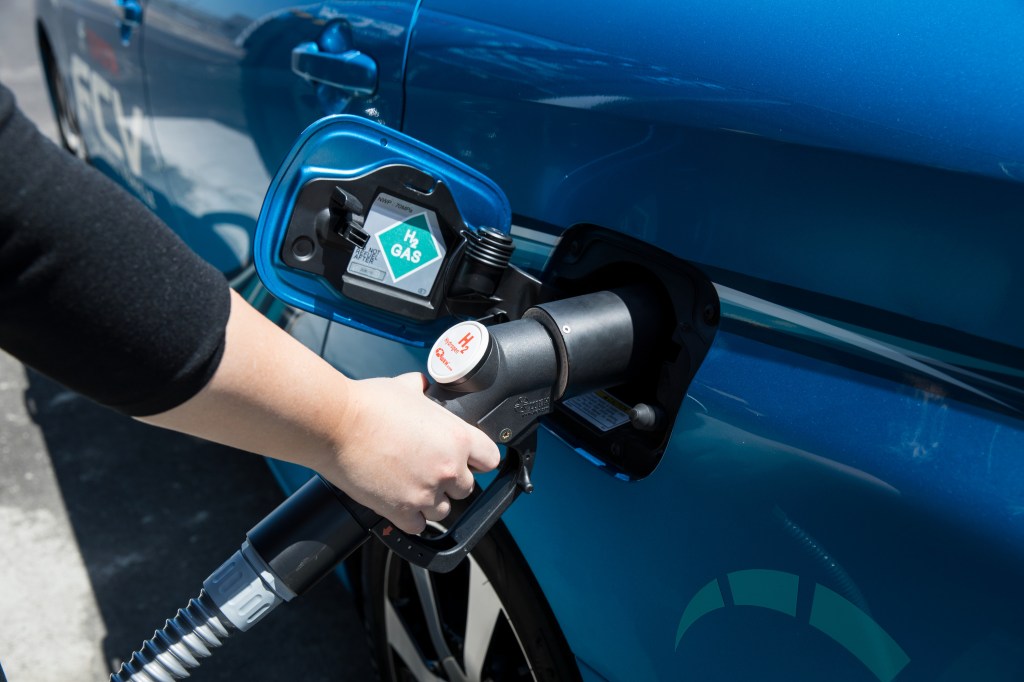 Grumbling about petrol prices has always been a national sport among Australian motorists and the ACCC’s latest Quarterly Report on the retail petroleum industry is sure to add a little bit of fuel to the fire.
Grumbling about petrol prices has always been a national sport among Australian motorists and the ACCC’s latest Quarterly Report on the retail petroleum industry is sure to add a little bit of fuel to the fire.
The ACCC Report states that retail fuel prices in the five major capital cities in the December 2016 quarter were the highest since the June quarter of 2015. Price boards increased by 7.8 cpl to 122.0 cpl , while retail margins grew only slightly. The average difference between wholesale and retail prices across the country increased by 0.9 cpl to 11.3 cpl. At the same time, strong competition in the major cities restrained retail margins to 10.6 cpl. This represents a profit margin of a little under 8.7 per cent. So it isn’t greedy retailers who are pushing up fuel prices.
According to the ACCC Chairman Rod Sims: “The increase in retail prices during the quarter was significantly influenced by the Organisation of the Petroleum Exporting Countries (OPEC) announcing in late November an agreement to limit crude oil production. The OPEC cartel announced an additional agreement in December with 11 non-OPEC countries (including Russia) to reduce production further. International crude oil and refined petrol prices increased because of the OPEC cartel’s decision to restrict oil supply. Cartel conduct leads to higher prices and economic harm and, in this case, it has meant higher prices at the pump for Australian motorists,” Mr Sims said.
Motorists have responded to higher retail fuel prices by shopping around, This is evidenced by an increasing number of fuel pricing websites and apps, which are enjoying a huge increase in traffic. Data collected by the ACCC shows that usage of these websites and apps increased from around 4 million hits in the December quarter 2015 to around 21 million hits in the December quarter 2016.
“The increasing popularity of these websites and apps, and the ability of some to crowd source price data, is helping people play an active role in finding cheaper petrol prices and helping discounting petrol retailers broadcast their lower prices. Petrol websites and apps are beginning to play an important role in providing price transparency and I cannot emphasise enough the importance of price transparency in enabling competition in the retail petrol market,” Mr Sims said.
Retail fuel price websites and apps include the 7-Eleven, GasBuddy, Motormouth, Woolworths and NRMA apps, plus the Motormouth, WA FuelWatch and NSW FuelCheck, websites.

